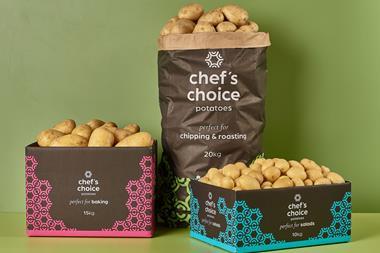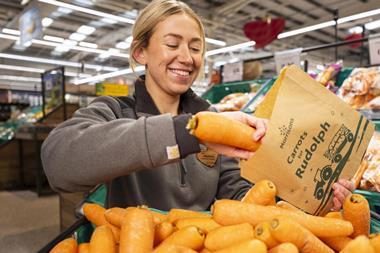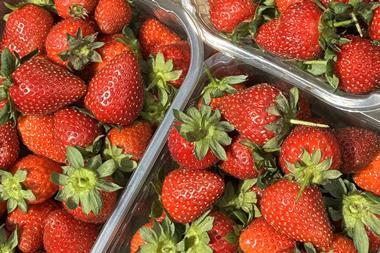The chocolate cake recipe we used for my son’s birthday last week included courgettes and beetroot. The look on my seven-year-old nephew’s face when we told him after he had devoured his third piece was a picture.
I mention this in the wake of an IGD-led initiative announced this week on the topic of composite foods.
Aside from the fact that this is a dreadful term, it makes a very valid point: that fruit and veg can lurk, hidden, in all sorts of ready meals and other pre-prepared (ie processed) foods. It even calls for acknowledgement of half portions. Hey, why not, when some women are eating even less than half a portion a day?
But there’s also a responsibility on the part of manufacturers and retailers, and I really think more can be done to sneak fruit and veg into everyday products.
Information is power, they say, and to some extent it is.
A report this week in the British Medical Journal on the effectiveness of mandatory calorie labelling in New York City found one in six reduced their calorie consumption, which is a start. And I know, from first-hand experience, that choice can be influenced by labels: the welcome addition of front-of-pack calorie counts certainly influenced my recent ice cream choice (a Solero, in case you asked, yet at 90 calories its traffic light sugar score would be the same as a 260-calorie Magnum, natch).
But to achieve health, we also need to employ stealth. And that’s why I welcome another new US initiative, this time by McDonald’s, to lower the calorie count in its Happy Meals by halving the portion of fries and upping the nutritional value with a portion of apples. OK, so the meal is still 600-odd calories, but that’s 20% better than the 750 calories it’s been.
Initiatives like this, or Starbucks’ switch to semi-skimmed milk as standard or the inclusion of hidden courgettes and beetroot will enable shoppers to sleepwalk their way to a more healthy diet. And be far more effective than 100 labels.
Sign in to comment on this article
Not logged in before? Register for FREE guest access today.
You will be able to:
- Read more stories
- Receive daily newsletters
- Comment on stories
Advert



















No comments yet